Cholesterol has been blamed for heart disease for decades. But is it really as bad for you as you think?
New research is in, and cholesterol isn’t the culprit.
But if it’s not the villain the medical community has made it out to be, then what is it? And what about the differences between “good” and “bad” cholesterol? Here are the basics of what you need to know in this simple guide to good and bad cholesterol.
Are you struggling with a Thyroid condition? We’ve created a FREE guide that shows you how you can heal your thyroid.
Click here to get your FREE copy of our Thyroid Guide!
What Is Cholesterol?
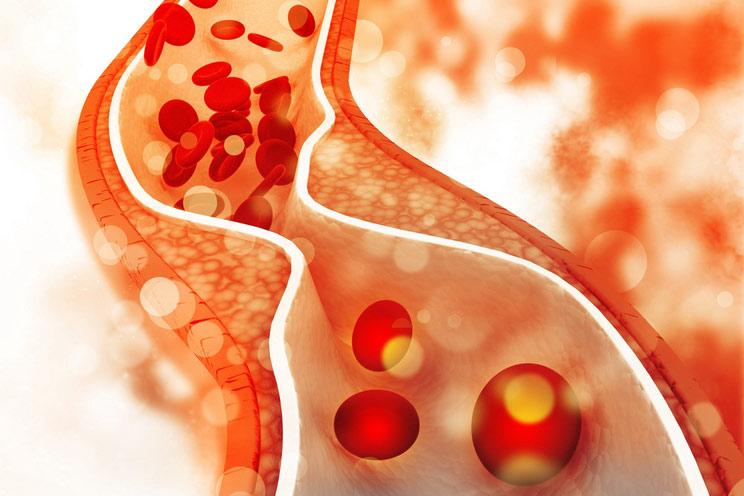
Cholesterol is an essential building block of cell membranes, and without it, we couldn’t survive.
We need cholesterol for these essential bodily processes: (1)
- Maintaining cell membrane structure
- Producing hormones
- Converting sun exposure to vitamin D
- Insulating nerve fibers
- Producing bile
- Metabolizing fat-soluble vitamins (A, D, E, K)
Our bodies produce the majority of the cholesterol we need to stay healthy. The liver makes about 1,000 milligrams of cholesterol per day, or 85 percent of the required amount. (2)
The remaining cholesterol comes from dietary sources, but it isn’t necessary to limit your consumption. When you eat higher levels of dietary cholesterol, the liver compensates by producing less. So while cholesterol levels can become elevated, it isn’t in response to what you eat.
Bottom line: Cholesterol, required for basic cellular health, is produced within the liver regardless of how much dietary cholesterol you eat.
What About Good and Bad Cholesterol?

Most people know cholesterol as the “good” HDL kind and the “bad” LDL variety. However, HDL and LDL aren’t even cholesterol! They’re lipoproteins that transport cholesterol throughout the body.
Lipoproteins are made of fats and proteins, and act as little carriages to transport cholesterol to and from the liver. LDL, or low-density lipoproteins, are bigger and carry less weight than HDL, or high-density lipoproteins.
HDL got its reputation for being the good guy because it collects cholesterol from circulating in the bloodstream and returns it to the liver to be broken down. People who believe cholesterol to be a cause of heart disease consider this to be protective. However, they forget that while the liver breaks it down, it also manufactures new cholesterol each day and sends it back out. So, destroying cholesterol isn’t the endgame. [tweet_quote]HDL and LDL are carriers that bring cholesterol to and from the liver in a cyclical rhythm. Neither kind is inherently good or bad.[/tweet_quote]
LDL got its reputation as bad cholesterol because it takes cholesterol from the liver and carries to tissues. This was considered to be bad because it was assumed that this meant cholesterol was going to sit in the arteries to clog them up. However, LDL is really doing the body a favor by delivering cholesterol to the various places it’s needed.
When cholesterol is tested, it’s considered to be a good result when HDL is high and LDL is low, and when total cholesterol is low. But keep in mind that diet isn’t what influences these numbers, and many other health issues can cause LDL to be high and HDL to be low, including: (3, 4, 5, 6, 7)
- Thyroid problems
- Insulin resistance and metabolic syndrome
- Pharmaceutical side effects
- Obesity
- Inflammation
- Genetics
Bottom line
: HDL and LDL are carriers that bring cholesterol to and from the liver in a cyclical rhythm. Neither kind is inherently good or bad.
When LDL Cholesterol Can Be Problematic

While high LDL isn’t necessarily bad, it can still be an inflammatory marker associated with cardiovascular risk. LDL that is deemed high by laboratory standards can indicate inflammation or other problems in the body.
LDL becomes problematic once it has been oxidized. Oxidation in the body can be compared to the detrimental effects of rust on metal – it slowly erodes over time. This can lead to plaque build-up in the arteries, which is still a risk factor for cardiovascular disease. (8)
Unfortunately, there’s no way to test whether your LDL is oxidized or not. This is why most doctors still associate high levels of LDL with an automatically increased risk of heart disease.
Ultimately, inflammation is the body’s natural and protective response to injury, because inflammation is meant to speed a healing process. When inflammation begins, regardless of the trigger, it’s possible that the liver sends out higher levels of LDL to fortify cells with nutrients and to improve hormone production. When inflammation continues, however, LDL becomes prone to oxidation. Even if plaque doesn’t accumulate in arteries, long-term inflammation in the body will lead to disease formation, including cancer, autoimmunity, and other chronic conditions. (9, 10)
Bottom line: LDL cholesterol can be problematic if it becomes oxidized or damaged, but there is no easy way to test for this.
How HDL Cholesterol Can Be Helpful

So what do you do if your LDL becomes oxidized? Enter HDL, which saves the day by extracting LDL from artery walls and returning it to the liver for breakdown, reducing plaque build-up. (11) When your HDL numbers are low, it means there are less carriers to remove oxidized LDL. Increasing HDL is a health-protective measure regardless of what your LDL or total cholesterol numbers are. This is because HDL also works as an antioxidant and anti-inflammatory agent within the body, both of which are good regardless of what else is going on. (12)
Bottom line: HDL works as an antioxidant within the body, and can help remove oxidized LDL.

(Read This Next: The Ultimate Guide To Cholesterol


 Chocolate Almond Butter Brownies
Chocolate Almond Butter Brownies
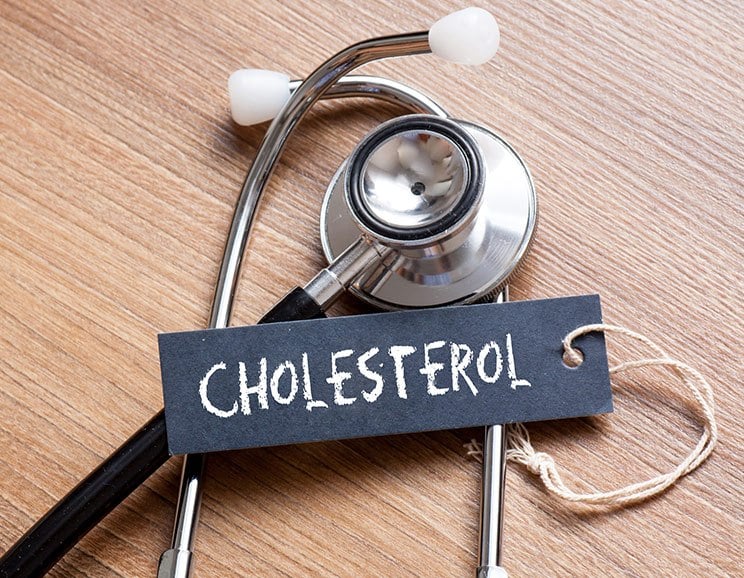
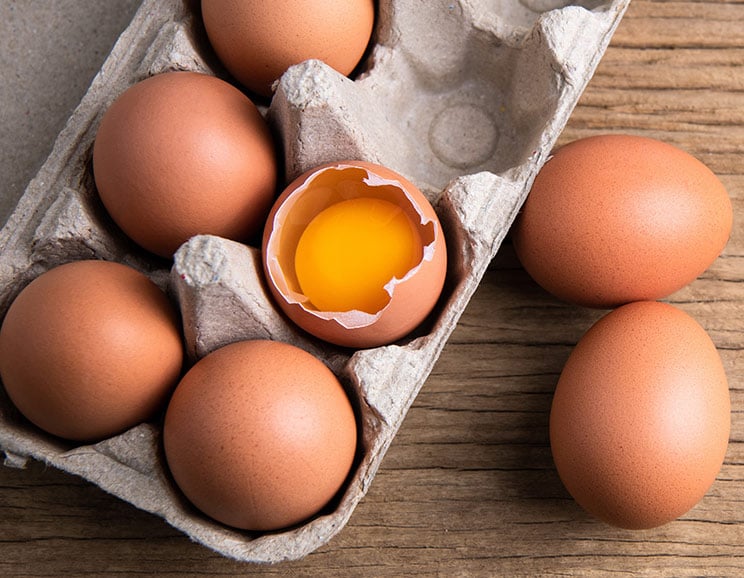

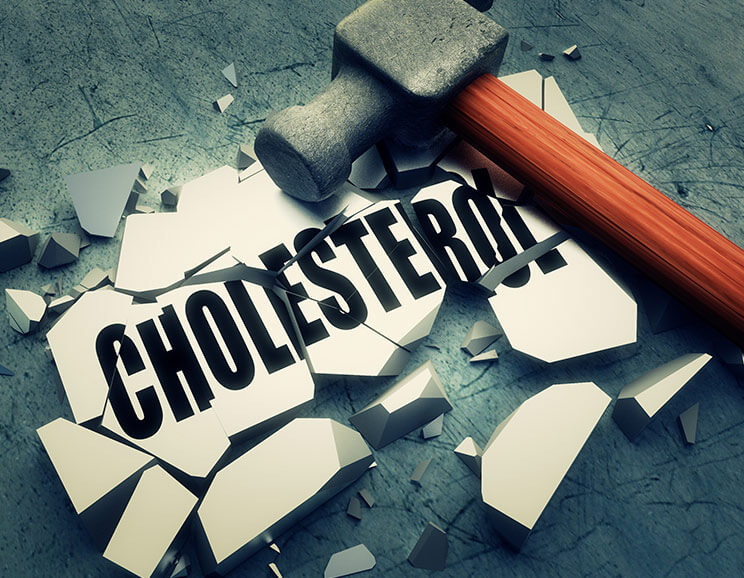

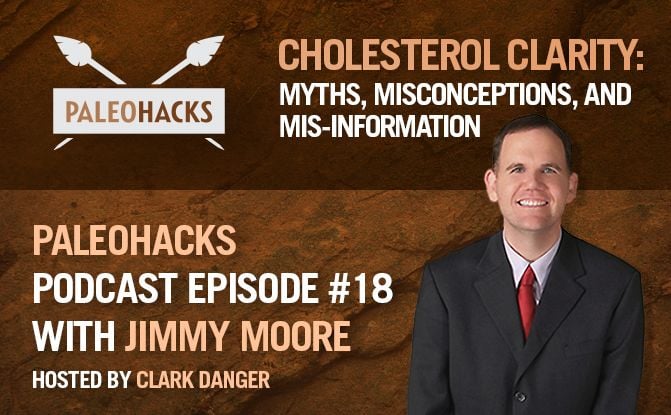
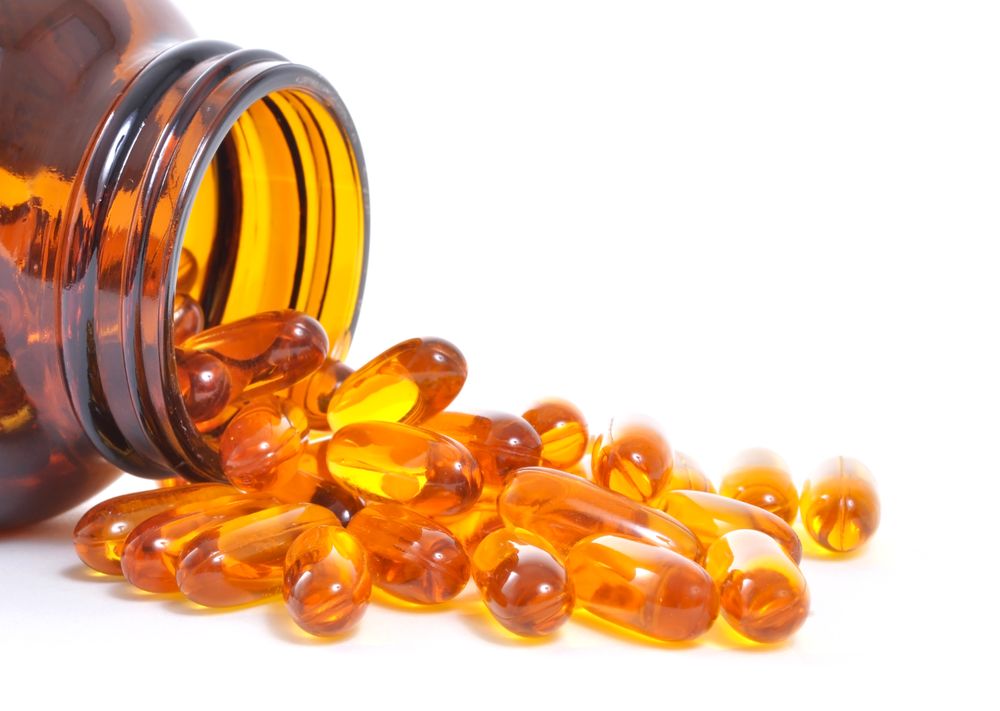


Show Comments